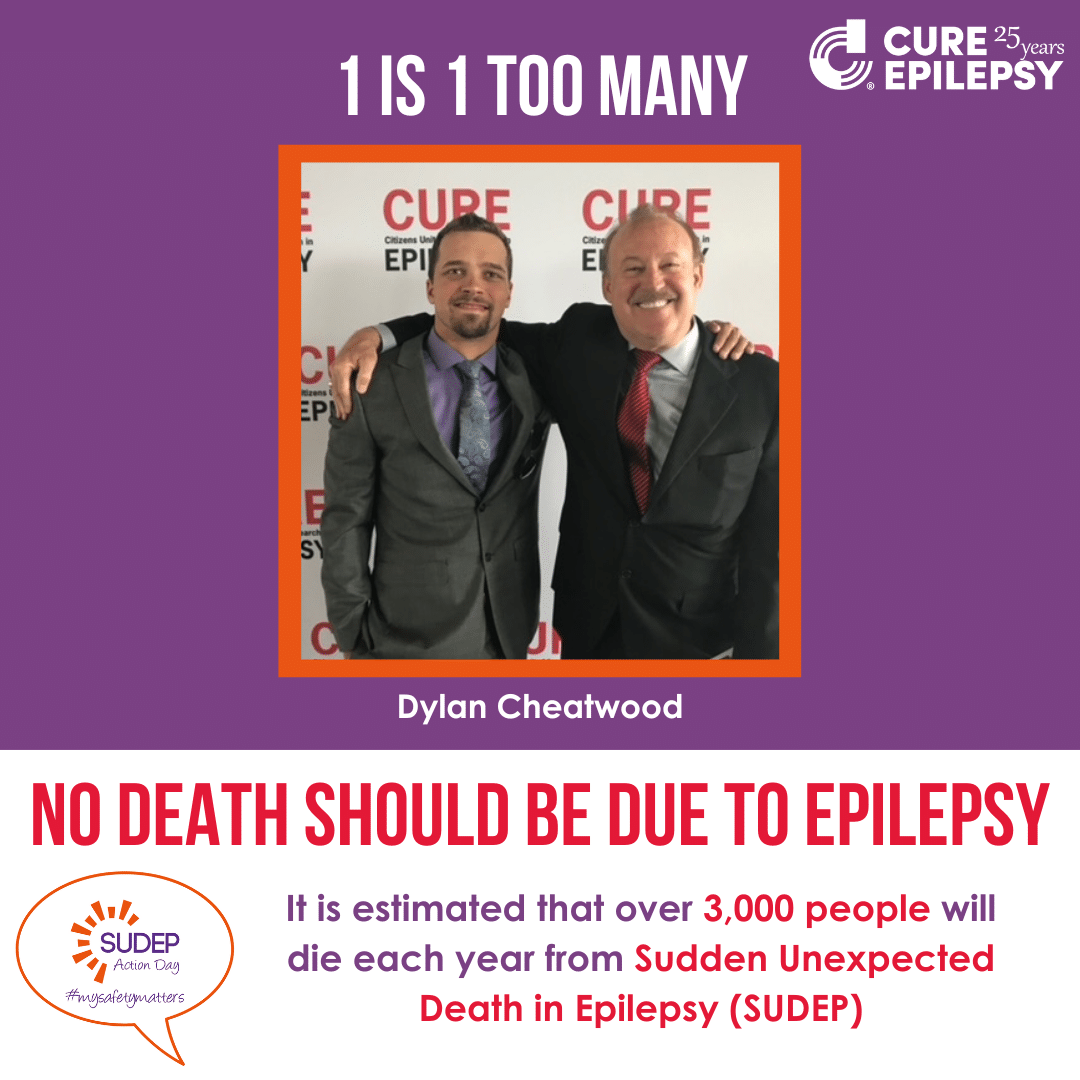Wearable Devices for Sudden Unexpected Death in Epilepsy Prevention
June 6, 2018
Sudden unexpected death in epilepsy (SUDEP) is most often associated with the occurrence of generalized tonic-clonic seizures (GTCS), a seizure type that can now be detected with high sensitivity and specificity by wearable or bed devices. The recent development in such devices and their performance offer multiple opportunities to tackle SUDEP and its prevention. Reliable GTCS detection might help physicians optimize antiepileptic treatment, which could in turn reduce the risk of SUDEP. GTCS?triggered alarms can lead to immediate intervention by caregivers that are also likely to decrease the odd of SUDEP.
The biosignals used to detect GTCS might provide novel SUDEP biomarkers, in particular, by informing on several important characteristics of the ictal and postictal periods (type of GTCS duration of tonic phase, rotation in the prone position, presence and duration of postictal immobility and bradycardia, rise in electrodermal activity). Other biosensors not yet used for detecting GTCS might provide complementary information, such as the presence and intensity of ictal/postictal hypoxemia.
The above biomarkers, if strongly predictive, could help identify patients at very high risk of SUDEP, enabling better assessment of individual risk, as well as selection of appropriate patients for clinical studies aiming at preventing SUDEP. The same biosignals could also be used as ancillary biomarkers to test the impact of various interventions before moving to highly challenging randomized controlled trials with SUDEP as a primary outcome.






